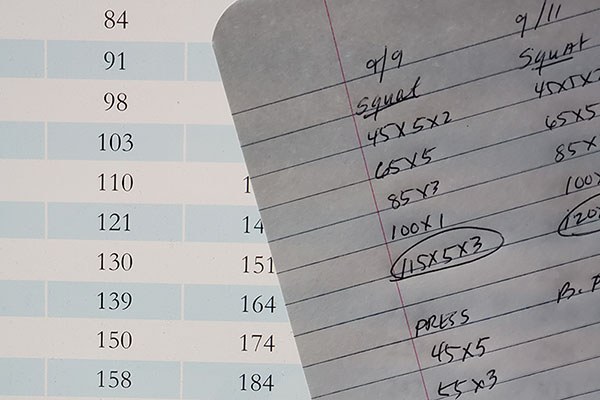
Strength Standards and their Usefulness
by Mark Rippetoe | September 16, 2024
We made a mistake a long time
ago when we published a table of “strength standards” that were
supposed to be used allow you to scale your strength against other
trainees doing the same program. There were immediately apparent
problems with this, that I should have recognized much sooner than I
did. They have since been removed, but I’m afraid the damage has
already been done since we are asked about them all the time. The
following is my attempt to patch things up.
I
understand that people like to compare themselves to others –
looks, income, intelligence, athletic ability, wives/girlfriends are
all standards used by societies around the world to value its
members. Strength is obviously one of these. The Ancient Olympics
featured primarily “track and field” events like the throwing
sports, and the reconstituted games in 1896 included weightlifting,
so strength has been contested for a long time. The modern versions
of Olympic Weightlifting, Powerlifting, and Strengthlifting continue
this tradition.
The
idea for the strength tables we posted was an early attempt to create
interest in the website. I wrote the tables based on my personal
experience with training a lot of people over the years, but they
were not based on any data I had formally gathered. But damned if
they weren’t popular. For some reason, people love to compare their
numbers. I guess reading a table is easier than going to a meet.
The
problem with strength tables is not their accuracy – I stand by the
accuracy of the tables we generated back then. The problem is that
they don’t matter.
They
have no bearing on your training, since your goal is to get as strong
as you
can, not as strong as somebody else got. And the way you do that is
through the process of adding weight to the basic movements every
time you train, for quite a long time. The tables describe different
responses to training, but the process is identical for everybody.
Doesn’t matter if it’s you, your mother, or your grandfather,
everybody gets stronger when the basic barbell exercises are
performed consistently and correctly, adding a little more weight
each time you train.
The
process
of strength training should be your focus, not numbers in a table
that describe somebody else’s results or expectations. Whoever or
whatever you are, you start training correctly 1.) when your form is
correct and remains the focus under the bar, and 2.) when you begin
the process of advancing the load on every exercise every time you
perform it. Your focus must be the last rep of the last set with a
heavier load than last time, and when this is accomplished, your
focus shifts to the last rep of the last set of the next
workout. This remains the process until it stops working, which will
be quite a while – at which point we can get more complicated as it
becomes necessary.
Until
then, a little more weight – no matter how much it is in relation
to anyone else – is the focus of training for strength, because
strength is the ability to produce force against a resistance, and an
increase in strength simply means the ability to produce more force.
It amazes me that such a simple concept is so easily misunderstood,
and so scrupulously avoided in physical education curricula. And
strength standards tables do absolutely nothing to communicate this
essential organizing principle.
Discuss in Forums
Credit : Source Post







